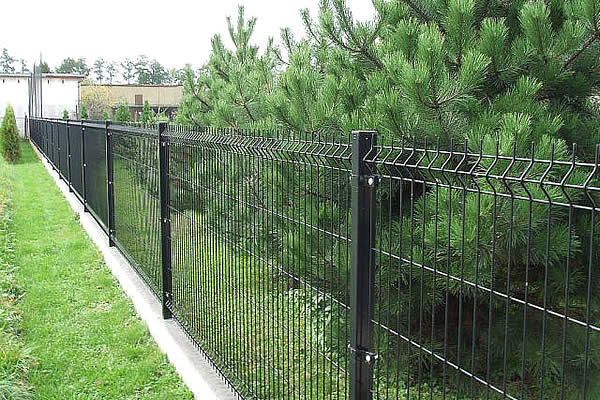 TEL:
+86-13102802206
TEL:
+86-13102802206
 Email:
fencenetting@china.com
Email:
fencenetting@china.com
 Language
Language
 TEL:
+86-13102802206
TEL:
+86-13102802206
 Email:
fencenetting@china.com
Email:
fencenetting@china.com
 Language
Language


The Dynamics of Iron Binding Wire Prices in Today's Market
In the intricate world of metallurgy and construction, iron binding wire plays a crucial role that often goes unnoticed. This essential material is primarily utilized for binding, tying, and supporting various structures, giving it a significant place in industries such as construction, agriculture, and manufacturing. As we delve into the nuances of iron binding wire prices, we will explore the factors influencing its cost, market trends, and future projections.
Understanding Iron Binding Wire
Iron binding wire is typically made from low carbon steel, which is coated or treated to enhance its durability and resistance to corrosion. Its applications are vast and varied, ranging from securing reinforcing bars (rebar) in concrete to bundling agricultural products. The wire's flexibility, strength, and affordable pricing make it an indispensable component in many projects.
Factors Influencing Prices
Several factors contribute to the price fluctuations of iron binding wire
1. Raw Material Costs The price of iron ore and other steelmaking materials directly impacts iron binding wire production costs. When the global demand for iron ore rises—often due to increased construction activities or industrial growth—prices for iron binding wire tend to rise as well.
2. Manufacturing Processes The methods used in the production of binding wire—such as the type of alloying elements and the manufacturing technology—also play a crucial role. Efficient and advanced production techniques can lower costs, while outdated processes may increase them.
3. Supply Chain Dynamics Transportation costs and logistical challenges can significantly affect prices. Disruptions in the supply chain, whether due to geopolitical tensions, trade tariffs, or global pandemics, can lead to increased prices for end consumers.
4. Market Demand Seasonal demand fluctuations can impact prices as well. During peak construction seasons, the demand for iron binding wire can surge, leading to higher prices. Conversely, in off-peak seasons, prices may stabilize or decrease.
5. Economic Conditions The overall economic climate influences investor sentiment and spending patterns in construction and manufacturing sectors. Economic downturns often lead to decreased investments in infrastructure, which can subsequently lower demand for iron binding wire and result in price reductions.

Recent Market Trends
In recent years, the global market for iron binding wire has experienced significant fluctuations. The COVID-19 pandemic initially caused a downturn in construction projects, leading to a temporary drop in prices. However, as recovery efforts gained momentum and infrastructure investments surged, demand for iron binding wire rebounded, pushing prices upwards.
Another trend has been the shift toward more sustainable and environmentally friendly production methods. As industries strive to reduce their carbon footprints, manufacturers of iron binding wire are increasingly adopting cleaner production technologies. This shift could alter the cost structures and ultimately affect prices in the long term.
Future Projections
Looking ahead, the future of iron binding wire prices appears to be contingent on several projections
- Infrastructure Development Ongoing investments in infrastructure, particularly in developing nations, are expected to bolster demand for iron binding wire, possibly leading to sustained price increases.
- Technological Advancements Innovations in manufacturing processes could bring about more cost-effective production methods, potentially stabilizing or lowering prices in a competitive market.
- Global Economic Trends Any significant changes in global economic conditions, particularly in regions that heavily invest in construction, will have pronounced effects on demand and pricing.
Conclusion
The price of iron binding wire is a reflection of various interconnected factors ranging from raw material costs to global economic conditions. As industries evolve and adapt to new challenges and opportunities, those who understand these dynamics will be better equipped to navigate the market. Staying informed about these trends will be crucial for manufacturers, consumers, and investors alike in making sound decisions amidst the ever-changing landscape of iron binding wire pricing.